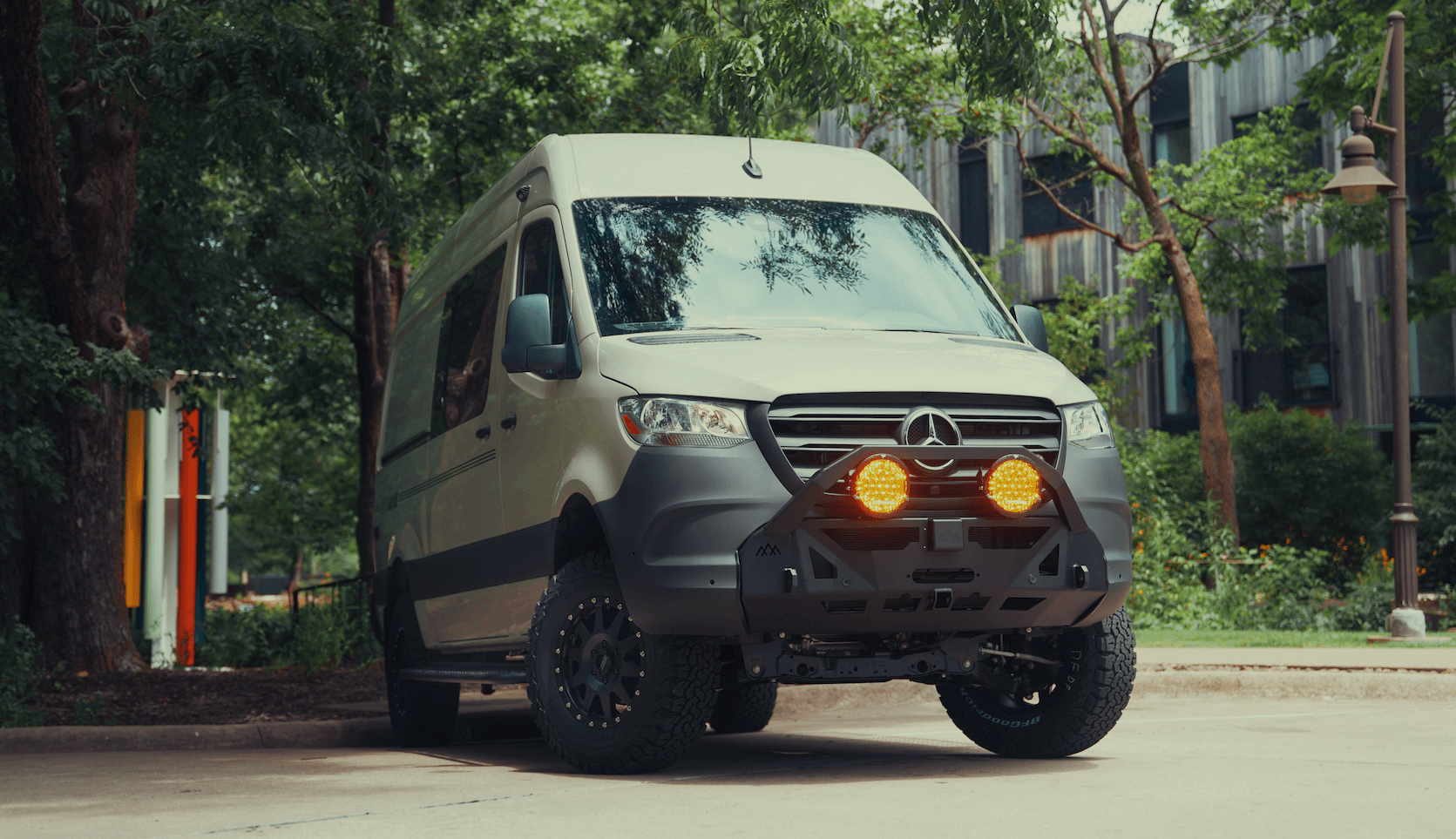Recreational Vans

Fuel shapes how a portable grill performs. Propane is common because it lights quickly, simmers well, and pairs with refillable cylinders or small canisters. Butane works in mild weather though it can falter in the cold, while isobutane blends improve performance at lower temperatures. Charcoal delivers classic flavor and deep searing, at the cost of slower start times and ash cleanup. Pellet grills add set and forget convenience with steady temperatures if you can carry pellets and power their controller.
Heat control comes from burner layout, valve precision, and airflow. Two burners create independent zones for sear and gentle heat. Many single burner units still offer a diffuser to even out hot spots. Charcoal units control heat with vents and lid placement, while pellet models regulate feed rates. A good lid thermometer helps, but an instant read probe gives more certainty when you are aiming for medium rare or verifying chicken doneness.
Propane shines for fast setup and reliable simmer to sear control. Choose regulators that match your cylinder and confirm leak free connections. If you prefer small canisters, pack an adapter for flexibility. Butane can be compact and affordable for quick cooks in mild conditions.
Charcoal brings strong flavor and high heat for steaks. Manage airflow with bottom and top vents and avoid smothering the coals. Pellet units keep temps steady and simplify long cooks like ribs, though you will need pellets, power, and a dry storage spot.
Infrared burners can focus heat efficiently for searing. Electric grills are convenient where open flames are limited, provided you have shore power or a capable inverter. Always check local rules before plugging in or lighting up.
Grill format dictates how you cook and pack. Tabletop models offer stability and quick deployment. Suitcase styles fold neatly and protect the cook surface during travel. Compact hibachi style grills are minimalist with excellent conductive heat but no lid for convection. Griddle tops excel at breakfast, smash burgers, and veggies by delivering a large even surface and easy grease control.
Grate material influences flavor and maintenance. Cast iron holds heat and imprints pronounced sear marks, but it wants seasoning and dry storage. Stainless steel resists rust and cleans quickly, trading a little thermal mass for durability. Porcelain coated grates are easy to wipe, yet benefit from gentle tools to protect the finish. Look for a solid latch, sturdy handles, and legs that lock securely to avoid wobble on gravel or uneven camp tables.
Cast iron rewards patience with strong heat retention. Stainless cleans fast and travels well. Griddle plates create edge to edge heat zones that suit delicate fish, pancakes, or fajitas without losing food through the grate.
Plan for the largest meal you will cook. A two burner tabletop often covers four people with room to spare. If you are solo, a compact single burner or small hibachi saves space and fuel. Measure storage depth and keep a dedicated case to contain grease odors.
Wind guards and a tight fitting lid protect flame stability and conserve fuel. Reliable spark ignition helps in cold or wet conditions, but always carry matches or a lighter as backup. A drip tray or channel keeps flare ups down and simplifies cleanup.
Portable grills need space, airflow, and a level platform. Maintain clearance from vehicles, dry grass, and tents. Never operate any open flame or charcoal grill inside a vehicle or enclosed shelter, and be mindful of carbon monoxide risk around awnings. In dry conditions, choose a fire safe surface like bare soil or a designated grill stand and confirm local restrictions before cooking.
Cleanup begins before the first flame with a foil lined drip tray or a liner designed for your model. After the cook, burn off stuck bits briefly, then let the grill cool until safe to handle. For charcoal, drown and stir until ash is cold to the touch. Pack ashes in a metal container if disposal bins are not available. Use a small scraper, biodegradable soap, and a brush suited to your grate material. Store fuel upright, cap lines and valves, and isolate the grill from bedding or clothing to keep odors contained.
A smart packing plan reserves one bin for the grill, surface protectors, a silicone mat, heat resistant gloves, and a compact extinguisher. Keep tongs, spatula, instant read thermometer, and a headlamp together to avoid rummaging in the dark. With a repeatable checklist, your portable grill becomes a dependable tool rather than a messy surprise.
A tidy galley makes outdoor meals easier. Ventilation, fire safe mounts, and a home for fuel keep cooking smooth and reduce risk. If you cook often, think about a slide out platform, weather protection, and a simple hand wash station alongside your grill.
Building a travel kitchen that works every time takes planning. If you want storage that fits your specific grill, fuel, and cookware, a purpose built layout can save time and keep you cooking wherever the road leads.
—
Ready to make outdoor cooking seamless on every trip? OZK Customs designs and builds adventure vans and upfits with safe grill storage, ventilated galley layouts, and organized camp kitchens. We tailor mounts, slide outs, power, and pantry space to your real cooking style, so your portable grill has a secure home and your meals come together without hassle.
Recreational adventure vans Custom van build process Mainstream vans that financeReady to dial in your camp kitchen and storage so cooking on the road feels effortless? Share your goals and let OZK Customs design a van or upfit that fits your grill, fuel, and pantry perfectly. Submit the form and we will help you build a safer, cleaner, and smarter cooking setup.
ADDRESS:
6159 E Huntsville Rd, Fayetteville, AR 72701
PHONE:
(479) 326-9200
EMAIL:
info@ozkvans.com